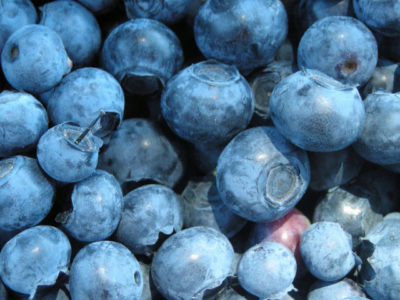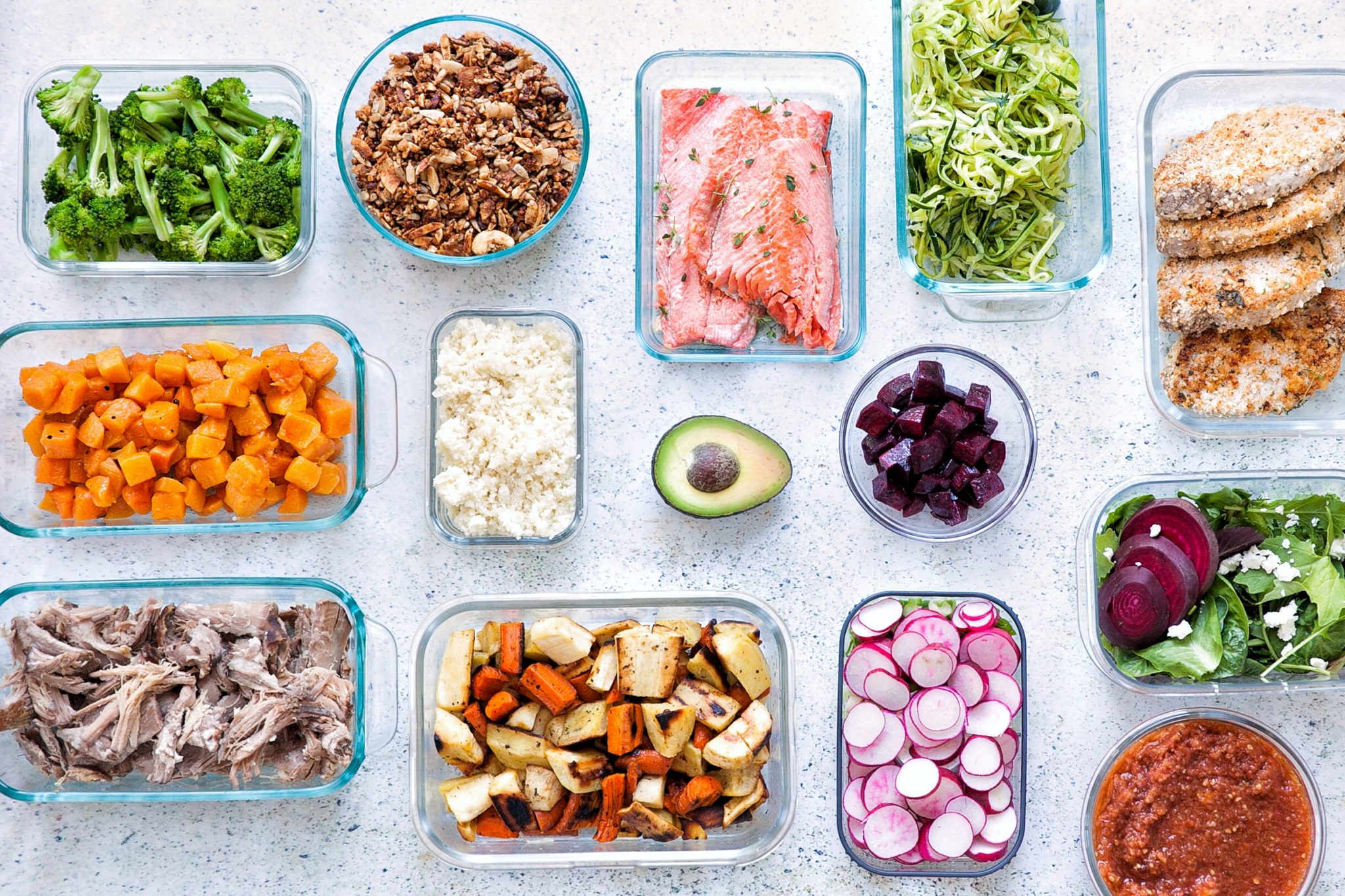Find your local farmers market!
These tasty blue fruits, generally sold from the genus section Cyanoccocus, are a favorite for many kids and adults alike. Blueberries are native to North America, and they were actually exclusively found here until the 1930s! Now, many blueberries are commercially grown in Australia, New Zealand and South America, where the climate is warmer for a larger portion of the year, but Washington state is still the US’s biggest provider of blueberries. I love including blueberries in my recipes, because they bake so well and are so nutrient-rich (a great example is my hit recipe for coconut-free, nut-free blueberry muffins!).
Blueberries are known for being an awesome source of nutrition, but it’s worth talking a bit about what kind of nutrients are actually present in blueberries. Compared to most fruits, blueberries are relatively low-carbohydrate, having only about 15g of carbohydrate per 100g (including over 2g of fiber). These little fruits have trace amounts of many vitamins and minerals, but they don’t pack quite the same punch as some other berries like strawberries. However, blueberries have the most antioxidant content of ANY other fruits and vegetables! The main antioxidant family found in these berries is the flavonoids, especially anthocyanins. Because of the amazing healing power of these fruits, they have been shown to improve LDL cholesterol and reduce blood pressure when consumed very regularly (like, every single day).
These little indigo nuggets of antioxidants are in season starting as early as May and extending into late summer. When choosing your source of blueberries, it might be worth going for the wild kind if you can find them! A study actually demonstrated that the amount of antioxidants in blueberries is even higher in wild blueberries. If you can’t go hunting for blueberries in your spare time, you might want to consider picking them up at your local farmers’ market. If not, you can find blueberries almost any time of year at a grocery store.


 Avocado
Avocado
